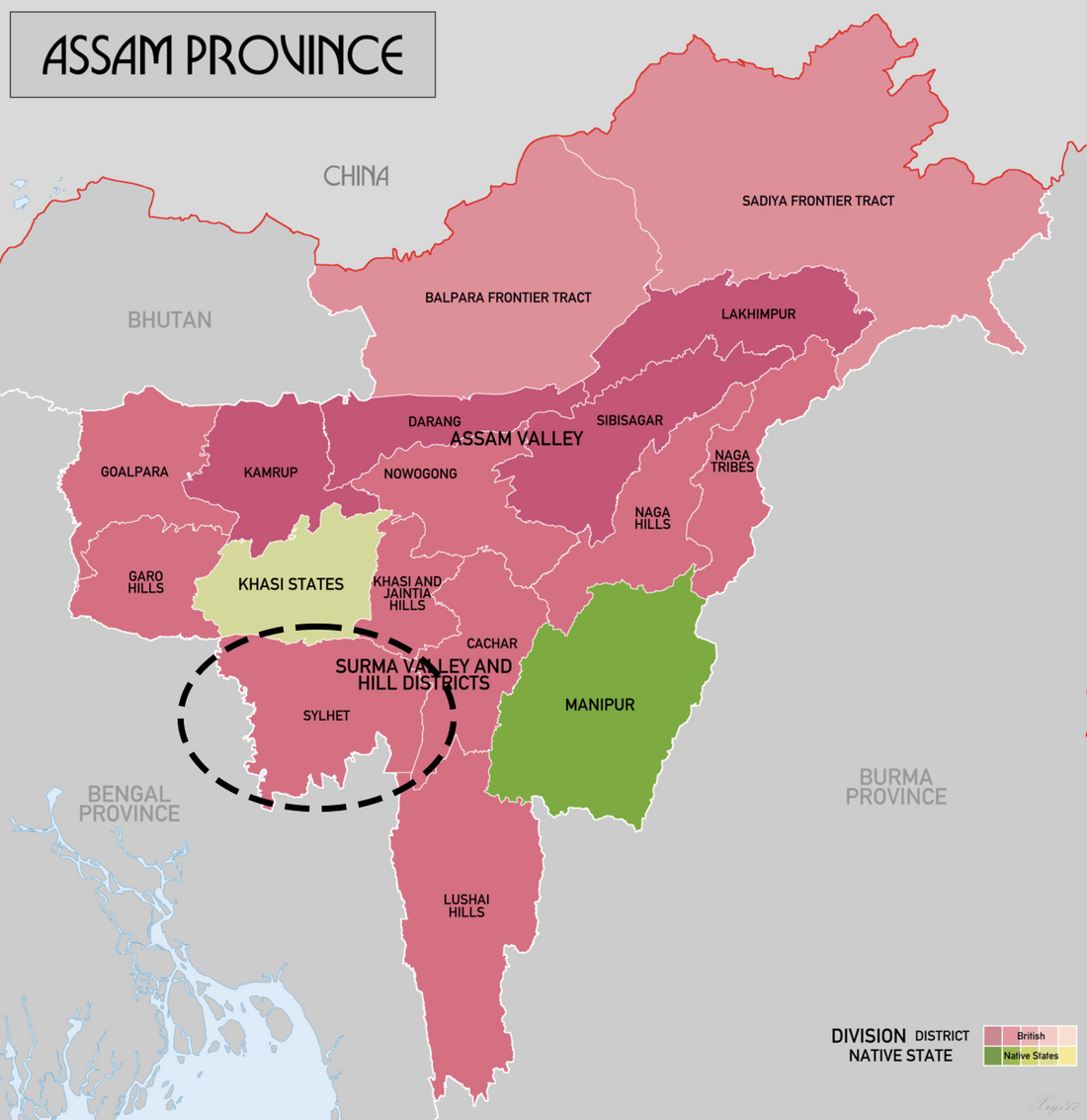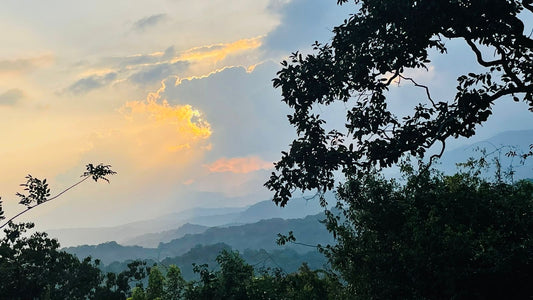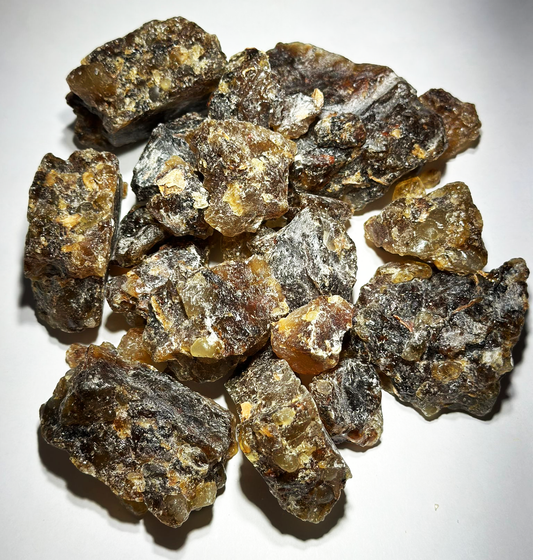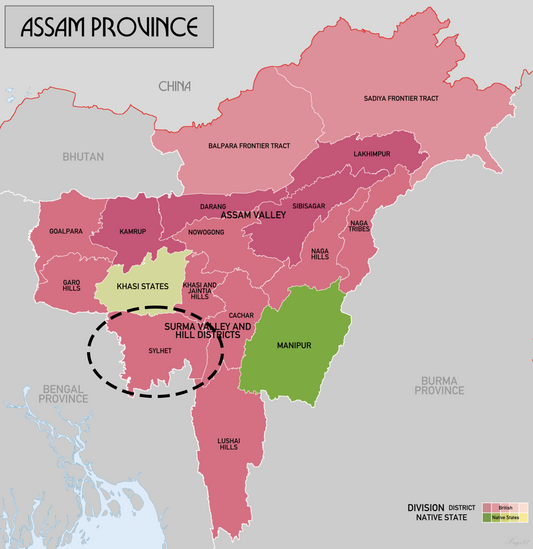Agarwood, also known as oud or "liquid gold," is one of the most expensive and sought-after raw materials in the world. It is a resinous substance produced by some species of trees in response to infection or damage. The scent of agarwood is so prized that it has been used for centuries in perfumes, incense, and traditional medicine. While most people associate agarwood with the Indian state of Assam, its lesser-known cousin from Sylhet in Bangladesh is also a hidden treasure that is worth exploring.
The demarcation between Assamese and Bangladeshi Sylheti oud is primarily political in nature. During the partition of the Indian Subcontinent in 1947, Assam and Sylhet were separated by a political border, which led to the formation of East Pakistan (now Bangladesh). However, geographically, the famous Assamese agarwood producing regions of Meghalaya, Tripura, Manipur, and Nagaland are all part of a single geographical area with Sylhet an integral part of this. The map shows how Sylhet was a part of Assam prior to partition.
One of the unique aspects of Bangladeshi oud is that the industry does not use chemical or natural inoculation of trees due to poverty. Instead, the trees are left to produce the resin naturally, which is a blessing in disguise as it results in a more sustainable and environmentally-friendly process. In contrast, many oud-producing regions in the world use methods that involve injuring the tree, which can result in over-harvesting and damage to the ecosystem.
Another interesting fact about Bangladeshi oud is that due to over-harvesting in Assam, a lot of the oud oil that is sold as Assamese oud in the Gulf is actually from Sylhet. Additionally, many of the largest oud companies in the Gulf, such as Al Ajmal, are founded and currently run by Sylheti businessmen who have played a significant role in promoting oud globally.
Despite being relatively unknown, Sylheti oud has a unique fragrance profile that is distinct from its Assamese counterpart. It is often described as being less musky and more floral, with a sweeter and lighter aroma that evokes the rich scent of roasted coffee beans and dark chocolate. Given its rarity, Bangladeshi oud is also more expensive than other types of oud. However, for those who are passionate about fragrance, it is well worth exploring this hidden treasure.
While Assam is undoubtedly the most famous agarwood producing region in the world, it is important not to overlook its lesser-known cousin from Sylhet in Bangladesh. The political border that separates the two regions has created a false dichotomy, as geographically, they are part of the same area. With its sustainable and environmentally-friendly production methods and unique fragrance profile, Bangladeshi Oud is a hidden treasure that is worth discovering.
Al Hashimi will be promoting Oud that is worthy of the Artisanal Oud label from this region and are pleased to have Assami and Satkara as our first two offerings.







